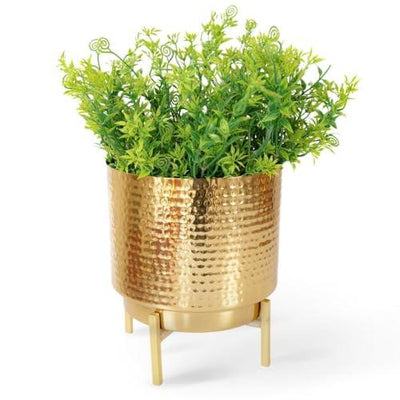The Ultimate Guide to Rubber Plant Care: Everything You Need to Know
The rubber plant, also known as the Ficus elastica, is a popular indoor plant due to its attractive glossy leaves and ease of care. It's a great choice for first-time plant owners or those with low light conditions in their home. However, like all plants, it does have specific needs that must be met in order to thrive. That's why we've created The Ultimate Guide to Rubber Plant Care: Everything You Need to Know. In this guide, we'll cover everything from watering to pruning and more, to help you keep your rubber plant healthy and thriving.
Watering Your Rubber Plant
One of the most important aspects of rubber plant care is watering. Rubber plants need to be kept consistently moist, but not waterlogged. Overwatering can lead to root rot, while under-watering can cause the leaves to turn yellow and drop. Here are a few tips for watering your rubber plant:
- Water your plant thoroughly, making sure to saturate the soil.
- Let the soil dry out slightly between waterings.
- Check the soil moisture level regularly, using a moisture meter if necessary.
Light Requirements for Rubber Plants
Rubber plants are native to the tropical rainforests of India and Southeast Asia, so they prefer bright, indirect light. Direct sun can scorch the leaves, so it's best to place your plant near a window that receives bright, indirect light. If your home doesn't have bright, indirect light, you can supplement with artificial lights.
Humidity Requirements for Rubber Plants
In their natural habitat, rubber plants are used to high humidity levels. However, they can still thrive in lower humidity environments. To maintain optimal humidity levels for your rubber plant, consider the following:
- Mist your plant regularly with water to increase humidity.
- Place a humidifier near your plant.
- Group your plants together to create a more humid microclimate.
Pruning Your Rubber Plant
Pruning is an important part of rubber plant care as it helps to maintain the plant's shape and encourages new growth. To prune your rubber plant, follow these steps:
- Prune the plant back to the desired height, using sharp, clean pruning shears.
- Make cuts just above a leaf node to encourage new growth.
- Prune the plant regularly, as needed, to maintain its shape.
Propagating Your Rubber Plant
Propagating your rubber plant is a great way to create new plants for your home or to share with friends and family. Here's how to propagate your rubber plant:
- Cut a stem just below a leaf node and remove the bottom leaves.
- Place the stem in a jar of water, making sure that the cut end is submerged.
- Change the water every few days to keep it fresh.
- Once roots have developed, plant the stem in a pot filled with well-draining soil.
Frequently Asked Questions about Rubber Plant Care
Q: How often should I water my rubber plant?
A: Rubber plants should be watered thoroughly and then allowed to dry out slightly between waterings. The frequency of watering will depend on the conditions in your home, so it's important to check the soil moisture level regularly.
Q: Can I place my rubber plant in direct sun?
A: No, rubber plants should not be placed in direct sun as it can scorch the leaves Bright, indirect light is best for rubber plants.
Q: How do I increase the humidity for my rubber plant?
A: To increase the humidity for your rubber plant, you can mist it regularly, place a humidifier near it, or group it with other plants to create a more humid microclimate.
Q: How often should I prune my rubber plant?
A: You can prune your rubber plant as often as needed to maintain its shape and encourage new growth. It's best to prune the plant back to the desired height and make cuts just above a leaf node.
Conclusion:
In conclusion, with The Ultimate Guide to Rubber Plant Care: Everything You Need to Know, you now have all the information you need to care for your rubber plant. By following the tips and tricks outlined in this guide, you can help your rubber plant thrive and enjoy its beauty for years to come. Remember to water your plant consistently, provide bright, indirect light, maintain optimal humidity levels, prune regularly, and propagate as desired. With proper care, your rubber plant will be a beautiful and low-maintenance addition to your home.

















Leave a comment